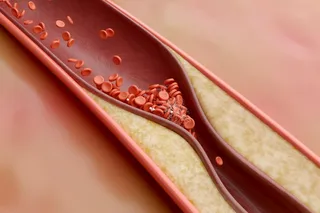You may not have sought out supplements with folic acid, a synthetic version of the B vitamin folate, but you may have nevertheless consumed it today. It's a common ingredient in multivitamins and enriched products like bread, cereal, pasta and rice. Its naturally occurring counterpart is found in various foods, as well.
Folate is crucial for cell growth and, more specifically, neurodevelopment. In fact, folic acid supplementation can prevent certain brain and spine abnormalities in newborns known as neural tube defects. Folic acid, and folate more broadly, is therefore most helpful within the first month of pregnancy, when the tissues that later become the spinal cord begin to develop. But that early on, someone might not be aware they’re pregnant.
That’s why the U.S. government urges anyone who can become pregnant to take 400 micrograms (mcg) of folic acid daily. As of 1998, both the U.S. and Canada have required ...














